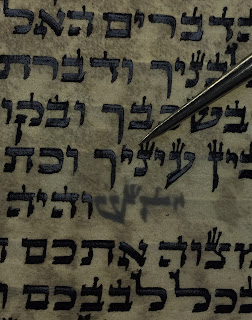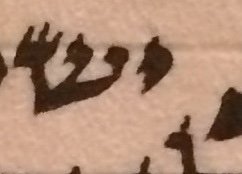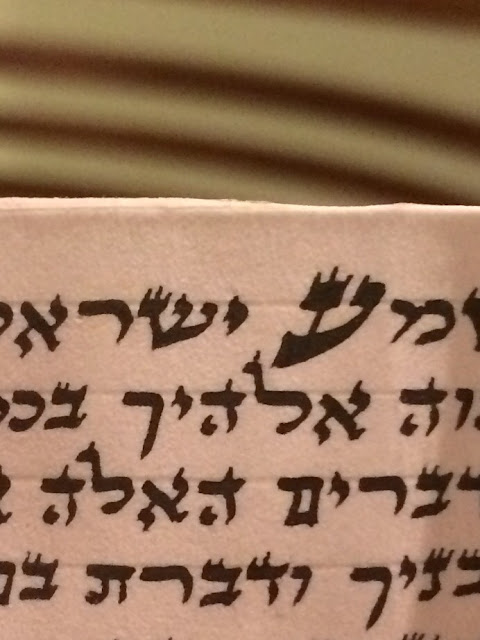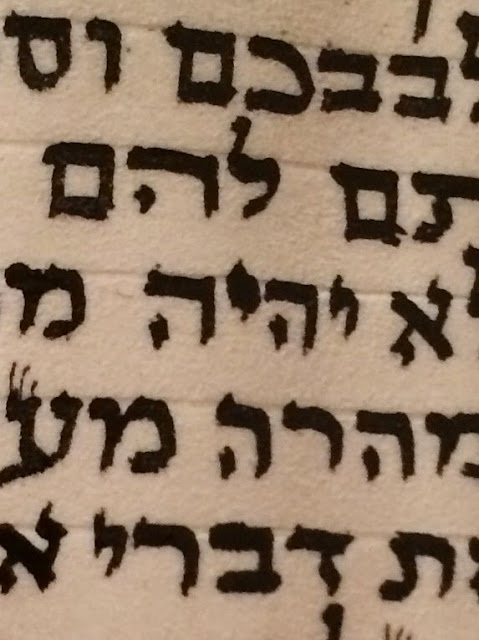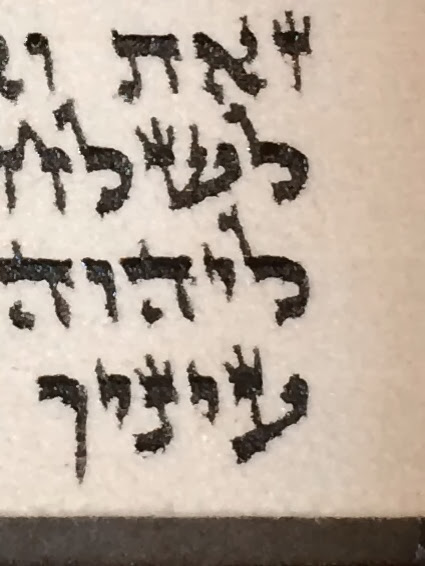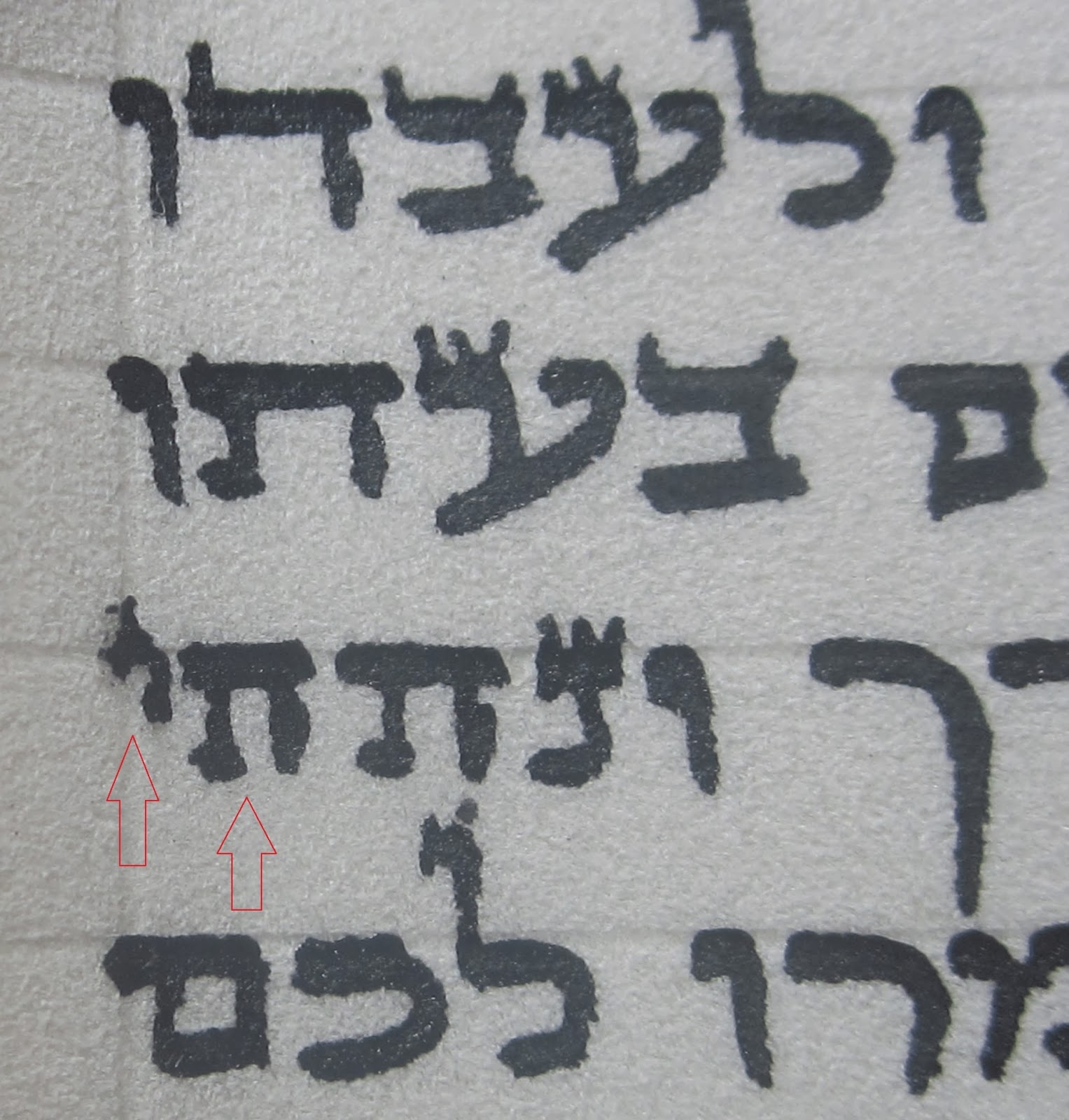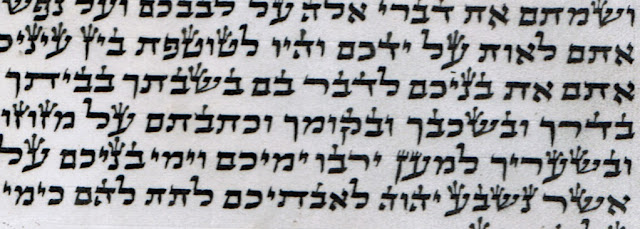The Gmara Shabos 103 teaches: U'chsavtom [csiva tama] sh'lo yaase … vavin yudin yudin vavin, zayinin nunin nunin zayinin … [rashi: nunin - nun pshuta] According to the argument developed/explained above, what is the meaning of these details "sh'lo yaase vavin yudin .. zayinin nunin"? According to the SA's shita explained, it is simple – in each pair one letter is short and the other longer, if the longer one was short it is pasul, and so the opposite. If the vav was short resembling a yud it is pasul, if the nun pshuta was short resembling a zayin it is pasul, if it is only a bit short and we have a doubt it’s a shaylas tinok. This is simple in the wording of the mechaber Shulchan Aruch 32:16. (and also should be the simple conclusion of BY ch.36 and all the acharonim that record his alpha beta-tzuras haosiyos , as Shulhan Aruch Harav and Mishnat Sofrim, in the letters mentioned) But Rema changes the explanation of SA 32:16, in adding הפשוטות כגון וי...
